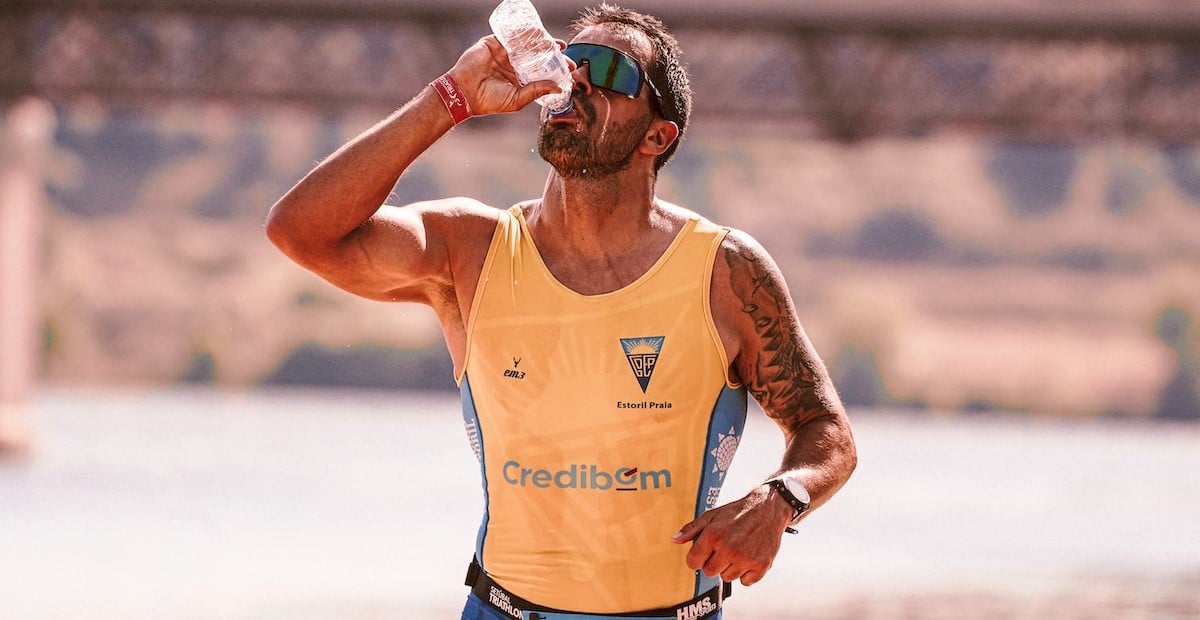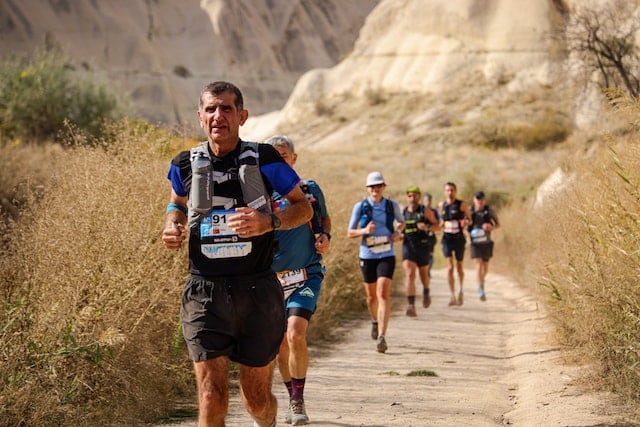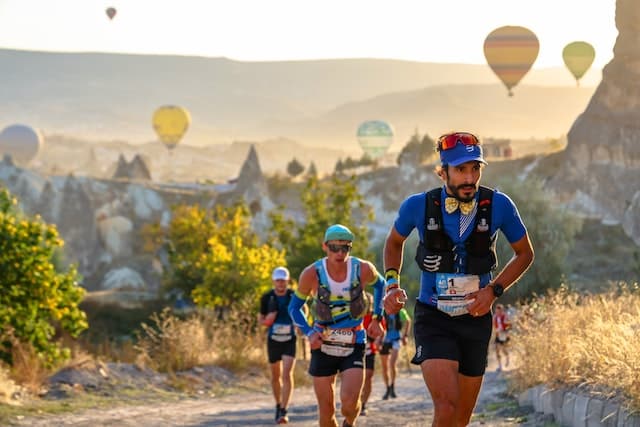
Contents
How to carry water in a risk-free way, using a water bottle, hydration vest and waist packs
Carrying water can be an absolute pain in the back side. It doesn’t sound like it would be a big issue but in reality, it can seriously affect performance.
We’ve all been there – running with a sloshing, weighty water bottle, distracting us from our mental focus.
So how do we get around that problem?
We could employ water bottles designed to fix this sort of thing, hydration packs for ease of carrying, hydration belts that don’t even feel like they’re there or of course hydration vests with drinking water through a tube.
In short, we have a lot of things to choose from. But with so many products on the market, different styles and methods of essentially doing the same thing… what’s best for you?
Hydration packs
Hydration packs are great for a more hands-free approach. They come in a variety of sizes, shapes and fits so be sure to check dimensions and styles if you fancy a further look. Essentially, they carry water in a reasonably small quantity but provide brilliant ease of use mid-run.
A hydration pack can be brilliant for low-noticeability. In other words, because they sit on your back, they are evenly distributed in weight, light to carry in the first place and the tube is usually well placed and easy to reach – exactly what we want relative to our water bottle debacles.
Handheld water bottles tend to ‘slosh’, another advantage of the packs is that they remain relatively quiet (this is certainly the case with the builds of the more expensive packs in relation to most hydration packs).


Hydration belts
If you don’t want to splash out for a hydration pack (or vest, definitely check them out though), then it could be worth looking at a belt.
In hot weather, we want enough water to maintain our entire run distance. So to carry water while running we can use a belt to place our bottles into.
It sounds simple… because it is.
And because it’s simple, again, it’s a great cheap alternative.
Sure, you can get water from an aid station, but, as Adventure puts it ”they allow you to move your arms naturally, and they don’t rub your chest or shoulders, [and are] a nice happy medium to the water bottle”
Simply? It’s a belt with a holster for a water bottle.
Brilliant.
Conclusion
Just two of a variety of solutions to your water bottle problems. But these two are probably the most common, and that’s for a reason, so please do check them out.
We could look at more expensive options like a hydration backpack, for example, getting the most out of water-holding technology.
I would always recommend the better gear here, but of course, money isn’t always… omnipresent.
Do the right thing by yourself and solve the ever frustrating issue of water bottle carrying.
FAQs
Are aid stations reliable with water quantity?
More often than not, these stations know exactly how much water they’ll need, so you can generally rely on them.
What other terms should I look out for when reviewing such products?
Terms such as hydration backpacks, hydration bladder, water bladder and hydration belt will also be used in relation to this type of product.